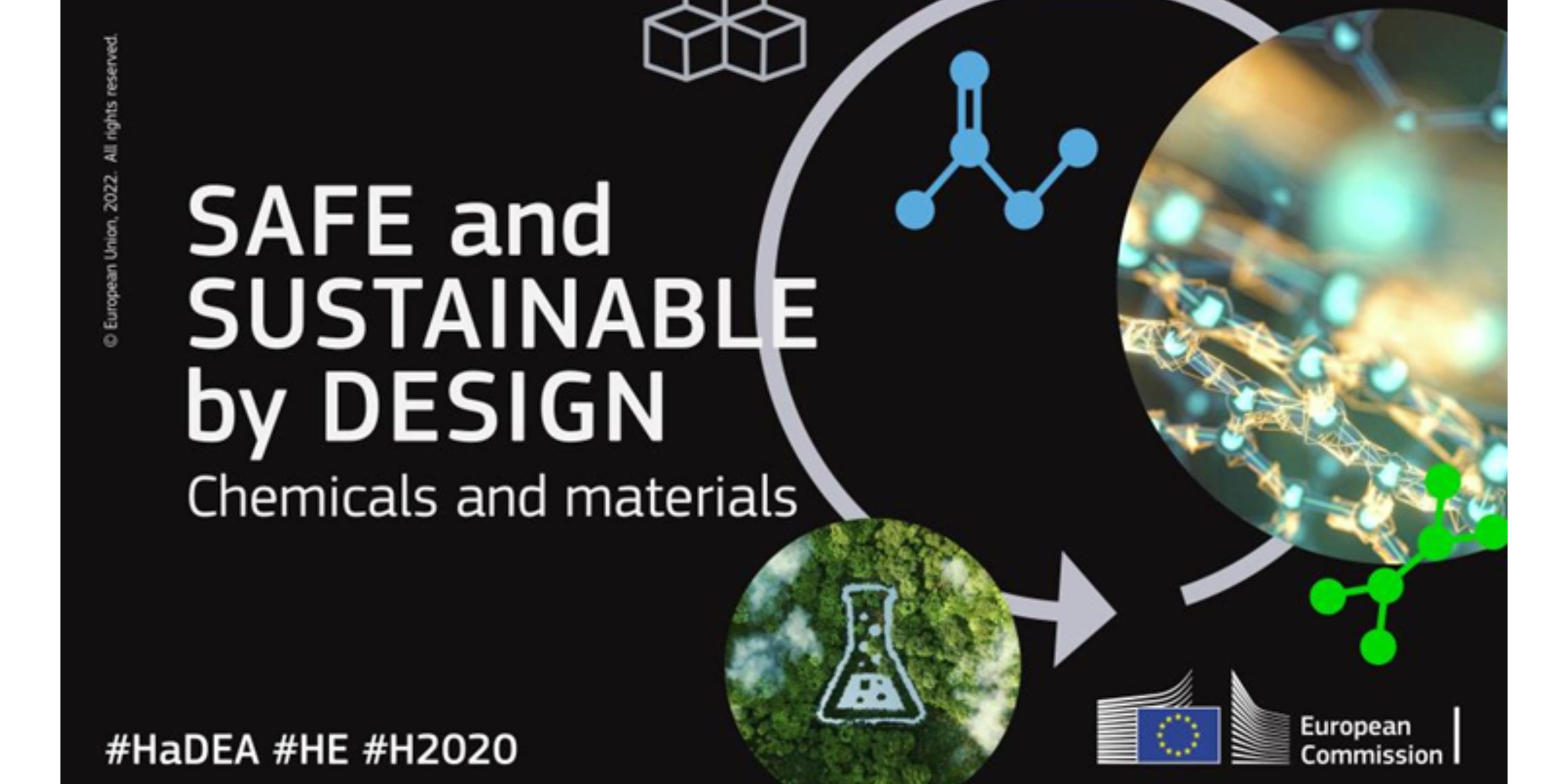The European Commission adopted a recommendation on the assessment framework for ‘safe and sustainable by design’ chemicals and materials. The framework is to be applied and tested in research and innovation (R&I) activities; the recommendation invites stakeholders to engage in the testing, and reporting to the Commission on success stories and challenges.
HaDEA contributes to the application of the ‘safe and sustainable by design’ assessment framework by managing R&I projects working on this topic funded under Horizon Europe, and under Horizon 2020, such as:
- SUNSHINE brings together research and technology organisations, SMEs and large industries to develop and implement simple, robust, and cost-effective ‘safe and sustainable by design’ strategies for materials and products incorporating advanced multi-component nanomaterials. The project is working to establish a user-friendly e-infrastructure to foster dialogue, collaboration, and information exchange between value chain actors.
- SURPASS is working to lead the transition towards more safe, sustainable and recyclable by design polymeric materials. SURPASS is developing alternatives with no potentially hazardous additives and optimizing reprocessing technologies adapted to the new ambitious recyclability targets.
- IRISS is working to connect, synergize and transform the ‘safe and sustainable by design’ community, in Europe and globally, towards a lifecycle approach allowing a holistic integration of safety, climate neutrality, circularity and functionality aspects in an early stage of design and manufacturing of materials, products and processes.
Background
The ‘safe and sustainable by design’ concept was announced in the Chemical Strategy for Sustainability. The Commission accompanies the framework with a Strategic Research and Innovation Plan for safe and sustainable chemicals and materials outlining related R&I needs across the life cycle of chemicals and materials.
The ‘safe and sustainable by design’ framework is expected to:
- drive innovation towards the green industrial transition;
- substitute (as far as possible) or minimise the production and use of substances of concern;
- minimise the impacts on health, climate and the environment (air, water, soil) along the value chain of chemicals and materials.
Useful links
SRIP 2022 Chemicals and Materials (europa.eu)
Source: European Commission I HADEA (https://bit.ly/3Btl7mW)
